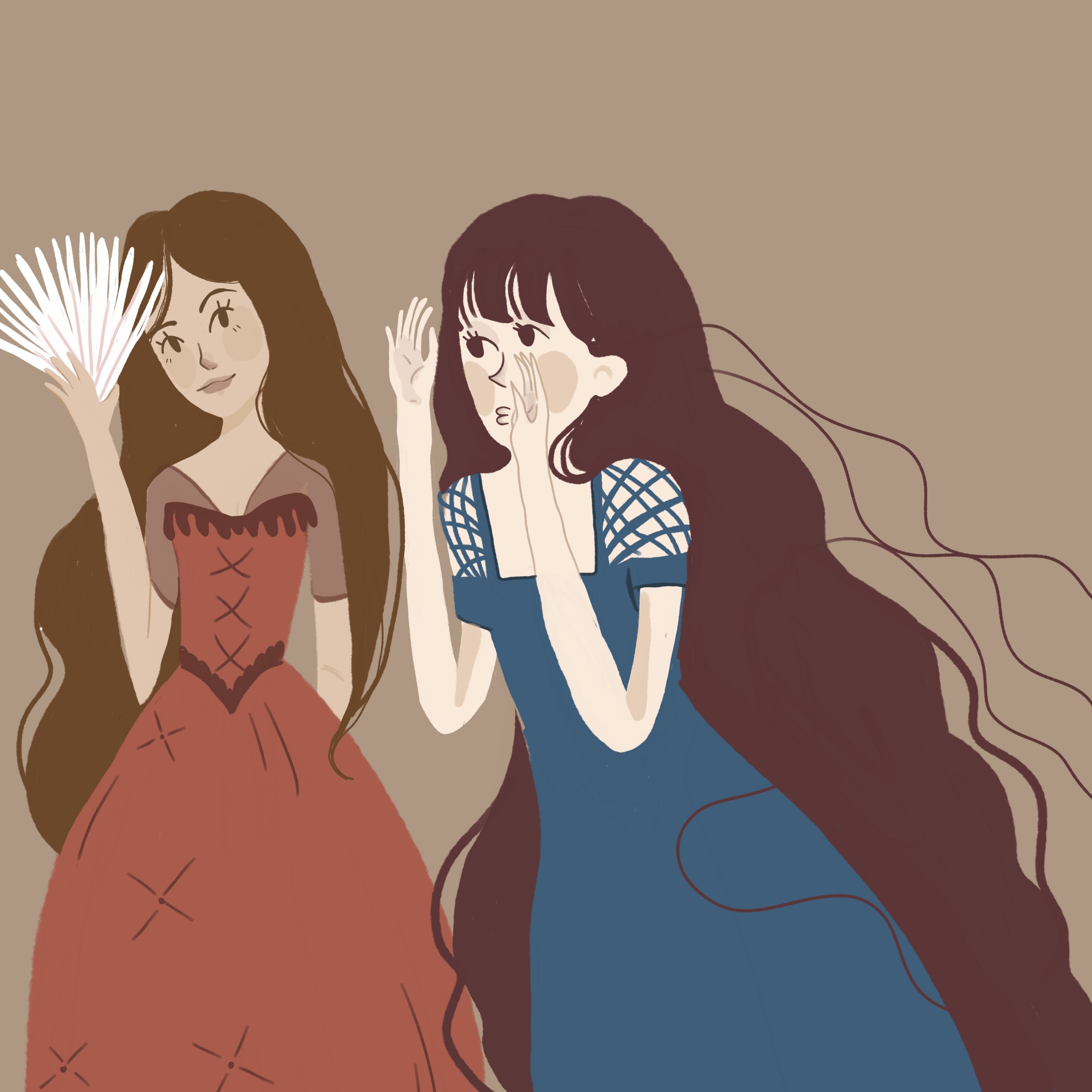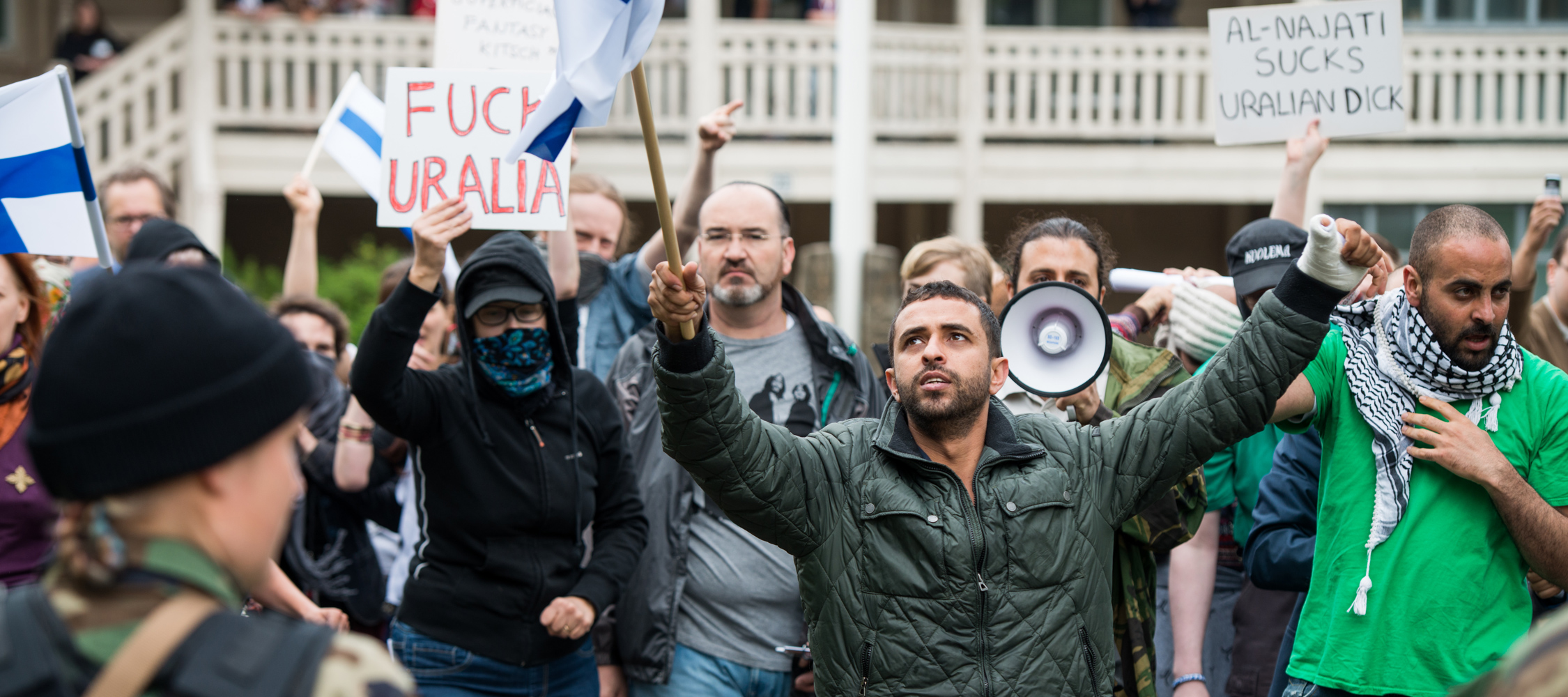Author: Kaisa Kangas
-

Possible, Impossible Larp Critique
in
We have not developed similar institutions of critique as exist in the world of passive art. The larp community seems to rely on hearsay, impressions and publicity materials.
-

Playing the Stories of Others
in
Larps that treat social issues often aim to create empathy for real people who live in circumstances different from ours by putting us in their shoes.